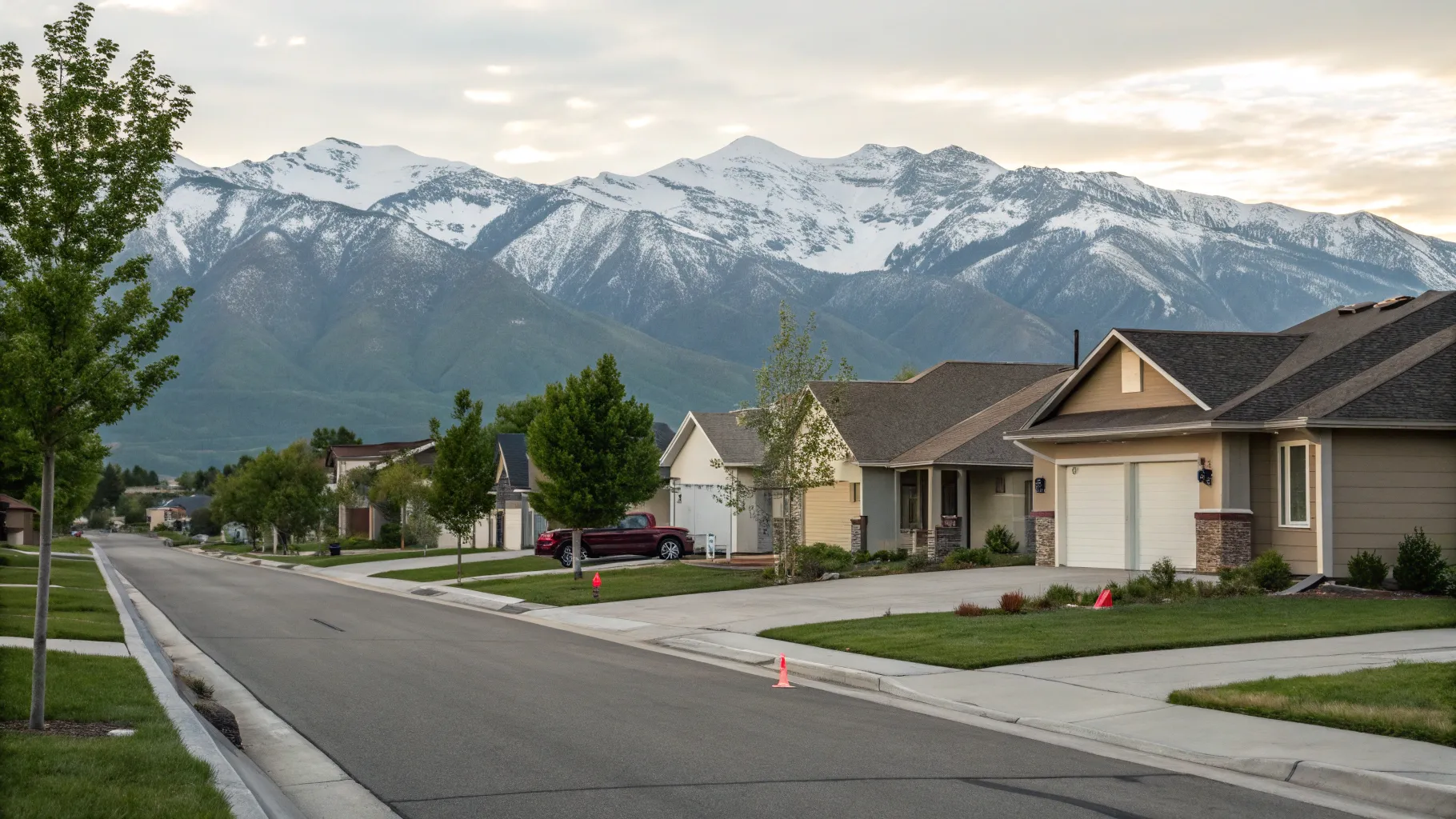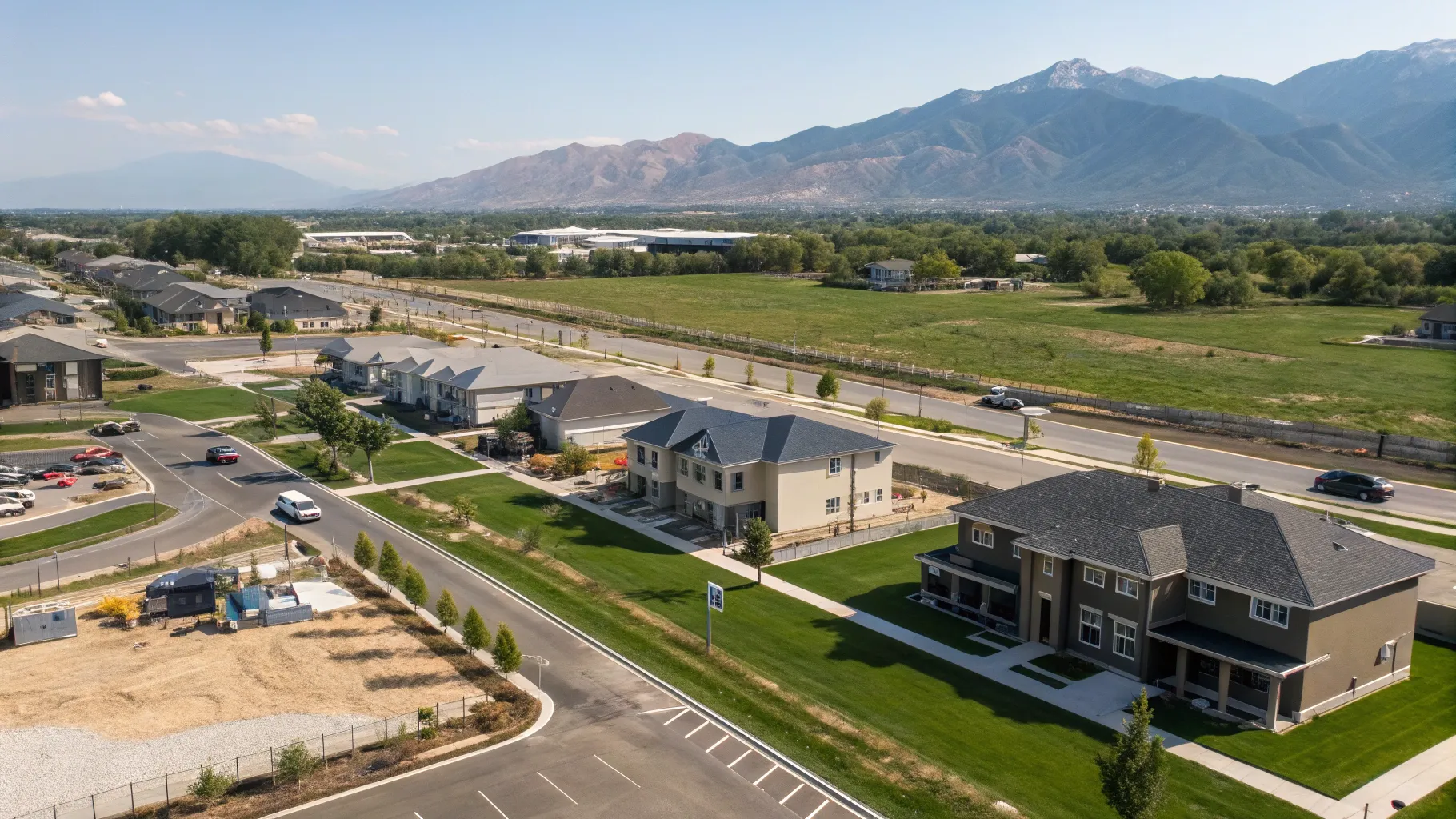
Scalable, decentralized solutions boost Utah's growing communities
Across the United States, developers are pressured to think beyond construction and to incorporate long-term water sustainability into project design. Nowhere is this more critical than in Utah, one of the fastest-growing and driest states in the country.
Along the Wasatch Front alone, nearly 37,000 residents and 18,000 housing units were added between 2023 and 2024. With such rapid expansion, smart water planning is essential for keeping projects moving and ensuring that communities thrive.
Many developers are embracing modular and decentralized wastewater systems to stay ahead. These systems not only conserve water but also scale with demand, reduce risk, and align with Utah's efficiency and sustainability focus.
Rising Demand for Smarter Water Solutions
Utah had an annual population increase of 1.68% between 2009 and 2023. That growth has fueled a rising demand for water in a state where water scarcity is significant. The Great Salt Lake has dropped to historic lows, revealing how vulnerable the region's water resources have become.
Traditional centralized treatment systems, consisting of large plants connected by extensive pipe networks, can't keep up. They're expensive and slow to build, and offer little flexibility for growth. Planning, permitting, and constructing can take years, delaying new housing and business developments. And as that infrastructure ages, pipe bursts and leaks can cause service disruptions and significant water loss.
Decentralization of water infrastructure is an alternative approach. It lets developers sidestep bottlenecks, allowing projects to grow without outdated systems.
Explore Utah Real Estate
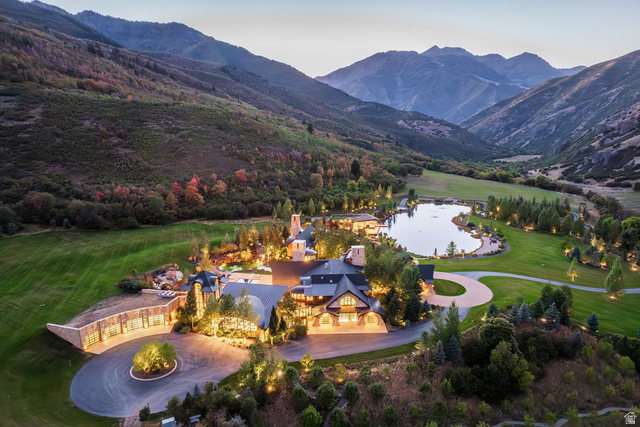
5618 E SOUTH FORK RD, Provo, UT
$43,000,000
Bedrooms: 6 Bathrooms: 10 Square feet: 22,958 sqft
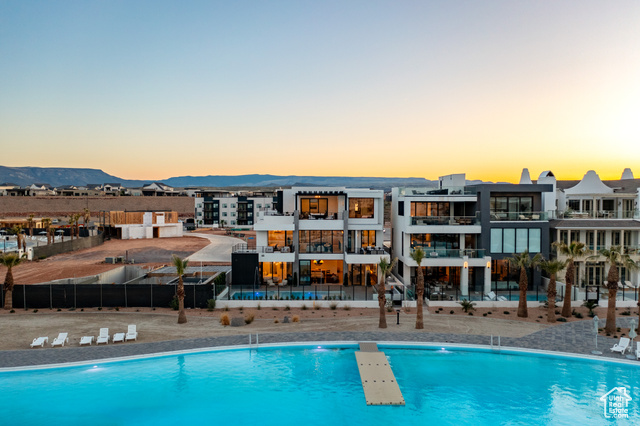
864 W SAPPHIRE SKY LN #546, St George, UT
$4,300,000
Bedrooms: 7 Bathrooms: 9 Square feet: 5,136 sqft

1700 W 2700 N #36, Pleasant View, UT
$230,000
Bedrooms: 4 Bathrooms: 2 Square feet: 2,100 sqft
Decentralized Systems Are Flexible for a Fast-Changing Market
Decentralized systems give developers what traditional utilities can't: control and adaptability. Modular systems can be installed right where they're needed, close to new neighborhoods and commercial sites. This flexibility gives developers greater control over project timelines and budgets because it removes the dependency on municipal utilities that often are delayed by funding cycles and permitting backlogs.
These prefabricated and pre-engineered modular plants can be deployed in months rather than years, allowing projects to keep moving on schedule. Each system meets all state and federal requirements, including those set by Utah's Department of Environmental Quality, ensuring reliable and compliant operation from the start.
Capacity can be increased in phases by adding modules as needed without major reconstruction or huge upfront cost. This "pay-as-you-grow" model keeps projects aligned with real-world demand.
Reusing Water for a More Sustainable Future
Water reuse is one of the most effective ways to secure long-term water supplies in dry regions. Modern decentralized systems have these capabilities built in, so treated wastewater can be recycled and reused for nonpotable applications such as irrigation of landscaping or recreational facilities, industrial functions, or groundwater recharge. This reduces the demand on freshwater supplies and protects water bodies from wastewater pollution.
In Utah, where every drop counts, this makes perfect sense. Communities that integrate water reuse cut operating costs, reduce their reliance on limited freshwater supplies, and build resilience against drought.
More Properties You Might Like
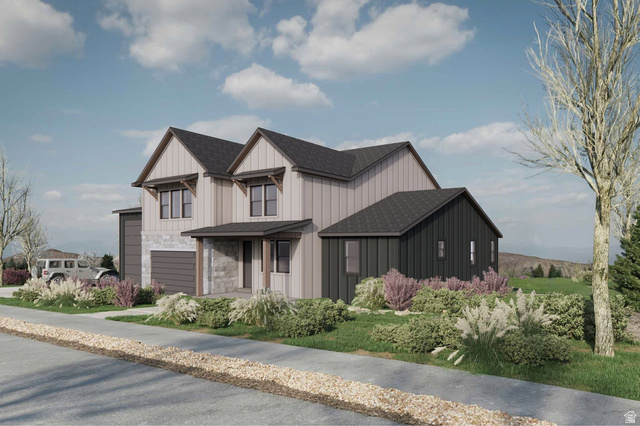
850 LAZY WAY #8, Francis, UT
$1,300,000
Bedrooms: 4 Bathrooms: 4 Square feet: 2,755 sqft

La Casa Cir, St George, UT
$575,500
Square feet: 14,391 sqft

7665 STERLING DR, Park City, UT
$6,100,000
Bedrooms: 5 Bathrooms: 6 Square feet: 4,975 sqft
For developers, it's also a selling point. A community that reuses water can maintain green landscaping and parks even during water restrictions. Businesses can lower their bills by reusing treated water for cooling or cleaning. It's a practical and environmentally responsible solution that benefits residents, municipalities, and investors alike.
Scalability: Planning for Future Growth
Smart water planning isn't just about solving today's problems; it's about being ready for tomorrow. Utah's continued growth demands infrastructure that can expand easily without straining public budgets.
Decentralized systems make this possible. Developers can begin with a plant that supports early phases of construction and add capacity as the project expands. Municipalities can use these systems to serve outlying areas or relieve pressure on overburdened centralized plants. This approach keeps infrastructure responsive and affordable.
A Better Way Forward
When developers integrate modular, decentralized water systems into their projects, work stays on schedule, financing stays manageable, and communities gain reliable, sustainable utilities that evolve with them. For cities and counties, it means avoiding debt-heavy infrastructure investments while still supporting new housing and business development. And for residents, it ensures dependable, environmentally responsible water systems that build resilience to drought.
In Utah's water-scarce environment, the traditional approach to infrastructure is outdated. Modular, decentralized water treatment systems that incorporate water reuse are the smarter, more sustainable way forward, letting developers future-proof their projects and helping communities thrive in the driest conditions.










